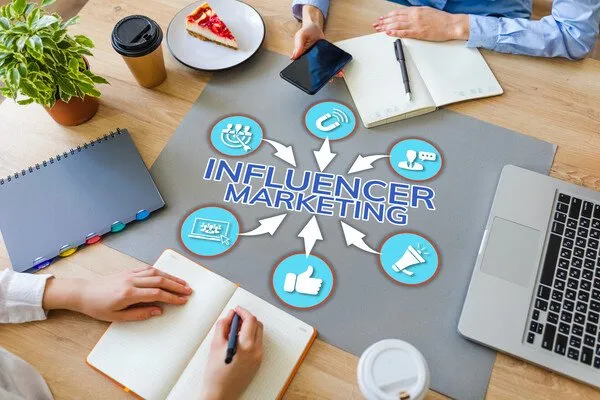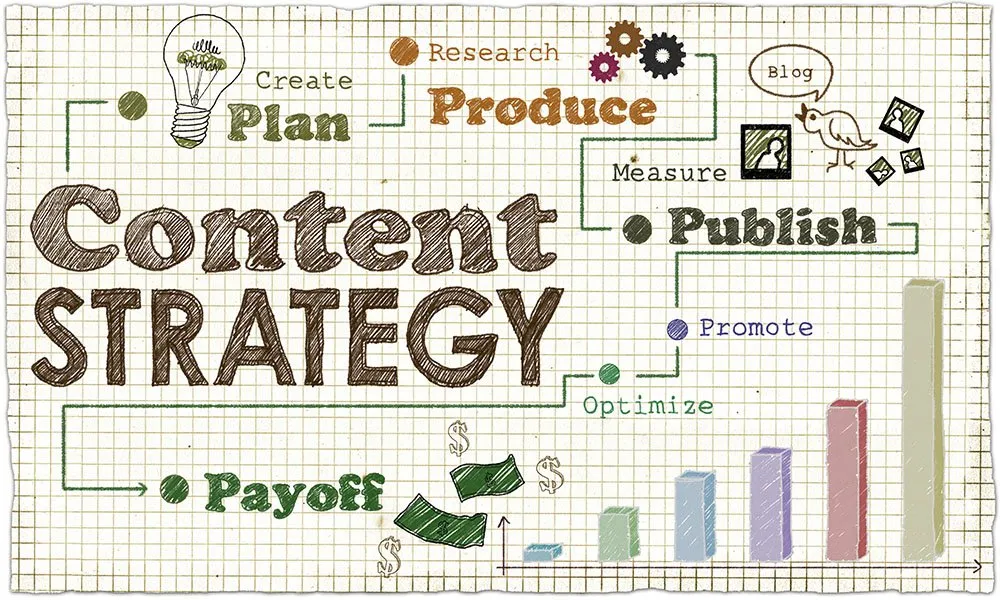Brands are also collaborating with organizations that tackle social issues like poverty, education, and racial inequality. These partnerships aim to make a positive impact on communities and advance social justice.
- Diversity and Inclusion: Partnerships focused on diversity and inclusion have gained significant momentum. Many brands are working with organizations that promote equality and fight systemic injustice, ensuring their operations reflect their commitment to inclusivity.
- Philanthropy and Community Investment: Through charitable giving and community programs, brands can directly contribute to social causes. Purpose-driven brand partnerships in this area often involve donations, volunteer efforts, or joint community initiatives.
Ethical Sourcing and Fair Trade Partnerships
Fair trade and ethical sourcing are important aspects of purpose-driven brand partnerships. Brands are increasingly seeking partnerships with suppliers who adhere to ethical labor practices and sustainable production methods.
- Fair Trade Certification and Ethical Labor Practices: Fair trade certifications ensure that workers are paid fairly and treated ethically. Brands that adopt fair trade practices in their supply chains can help create more equitable working conditions for people around the world.
- Sustainable Agriculture and Local Sourcing: Some brands are forming partnerships with local farmers and suppliers to source their materials sustainably. These partnerships often focus on reducing the environmental impact of farming and promoting local economic development.
Building a Sustainable Brand Narrative
A compelling brand narrative is essential for conveying the purpose behind a brand partnership. This story should resonate with consumers and showcase the brand’s commitment to its values.
- Storytelling for Impact: One of the most powerful ways brands can communicate their purpose is through storytelling. By telling authentic stories about their partnerships and the impact they are creating, brands can engage consumers and build trust. These stories should highlight the challenges, the progress made, and the real-world benefits of the partnership.
- Transparency in Communication: To maintain authenticity, it is important for brands to be transparent in their communications. Regular updates on the outcomes of partnerships—such as environmental impact or community benefits—are essential for building trust and proving that the brand is making a difference.
The Role of Influencers in Purpose-Driven Brand Partnerships
Influencers play a significant role in purpose-driven brand partnerships by using their platforms to promote social causes and amplify the brand’s message.
The Shift in Influencer Marketing Toward Authenticity
Influencer marketing has evolved significantly in recent years. Today, influencers are not just promoting products; they are becoming champions of social and environmental causes.
- Authentic Brand Ambassadorship: Influencers choose brands and causes that align with their own personal values. Their endorsement of a brand must be genuine, as consumers can easily detect inauthentic promotions. A true purpose-driven influencer partnership is rooted in shared beliefs and objectives.
- The Impact of Influencer Activism: Influencers are now using their platforms to speak out on critical issues such as climate change, racial justice, and gender equality. When influencers promote purpose-driven partnerships, they can help bring awareness to important causes and mobilize their audiences to take action.
- Avoiding Greenwashing: Greenwashing—when brands make false claims about their environmental efforts—can harm both the brand and the influencer. It’s essential for both parties to ensure that their partnership is based on actual, measurable efforts, rather than simply marketing strategies.
Influencer and Brand Collaboration: A Symbiotic Relationship

Purpose-driven partnerships between influencers and brands benefit both sides. Brands gain access to engaged audiences, while influencers can amplify their message and create positive change.
- Shared Audience Engagement: Influencers and brands working together can reach a wider audience. Brands benefit from the influencer’s ability to connect with their followers on a personal level, while influencers can extend their impact by aligning with a brand that shares their values.
- Co-Branding Opportunities: Many purpose-driven partnerships result in co-branded products or campaigns that showcase both the brand’s values and the influencer’s advocacy. These joint ventures help both parties reach their target audiences in meaningful ways.
Case Study Examples of Successful Influencer Partnerships
Several brands have successfully leveraged purpose-driven influencer partnerships to amplify their messages.
- Patagonia and Environmental Activists: Patagonia has long been a leader in sustainability. By partnering with environmental activists and influencers, the brand has raised awareness of critical environmental issues and showcased its commitment to eco-friendly practices.
- Toms and Social Impact Influencers: Toms’ “One for One” initiative, which provides shoes to those in need for every pair purchased, has been supported by influencers who share the brand’s commitment to social good.
Measuring the Success of Purpose-Driven Brand Partnerships
For a partnership to be deemed successful, it must be assessed based on its impact and engagement.
Defining Success Metrics for Sustainability and Social Impact
Brands should set clear metrics to measure the success of their purpose-driven partnerships. These metrics might include:
- Measurable Impact on Sustainability Goals: Tracking tangible outcomes like reductions in carbon emissions, improvements in recycling, or increases in the number of individuals supported by charitable initiatives.
- Brand Loyalty and Consumer Trust: Brands that engage in purpose-driven partnerships often see higher levels of customer trust and loyalty, which can be tracked through customer feedback, repeat purchases, and social media sentiment.
Consumer Feedback and Social Media Engagement
Social media is a powerful tool for measuring the effectiveness of purpose-driven campaigns. Brands can monitor engagement metrics such as likes, shares, comments, and hashtag use to gauge how well their message is resonating with consumers.
- Engagement Metrics: High engagement rates often indicate that consumers are not only aware of the campaign but are actively participating in it.
- Real-Time Sentiment Analysis: Brands can use tools to track public sentiment around their partnerships. Positive sentiment reflects the success of the collaboration, while negative feedback might highlight areas for improvement.
Challenges and Risks in Purpose-Driven Partnerships
While purpose-driven partnerships have great potential, they are not without challenges.
Ensuring Authenticity and Avoiding the Pitfalls of “Cause-Washing”
Consumers are quick to detect inauthenticity, and brands that engage in “cause-washing”—using social issues as marketing tactics without genuine action—run the risk of damaging their reputation.
- Aligning Values with Actions: Brands must ensure their actions align with their messaging. For example, if a brand claims to support environmental sustainability, its practices and supply chains must reflect this commitment.
- Proving Impact: Brands must demonstrate that their partnerships are having a real, measurable impact. Simply claiming to be involved in social causes isn’t enough; tangible outcomes are essential for building trust.
Overcoming Internal Challenges within Brands
Getting buy-in from all levels of the organization is essential for the success of purpose-driven partnerships. Resistance from key stakeholders can undermine efforts.
- Aligning Leadership on Sustainability: Leaders must be fully committed to sustainability and social impact for purpose-driven initiatives to succeed.
- Integrating Sustainability into Company Culture: Sustainability should not be a marketing tactic but a core part of the brand’s ethos. This requires embedding sustainability into every aspect of the business, from product development to supply chain management.
Conclusion: The Future of Purpose-Driven Brand Partnerships
Purpose-driven brand partnerships are transforming the marketing industry. As consumers continue to prioritize ethical brands, businesses must take an active role in promoting sustainability and social good. By engaging in authentic partnerships, brands can build trust with their audience, create lasting positive change, and pave the way for a more responsible future.
The Lasting Impact on Brand Value and Consumer Trust
The future of brand marketing lies in the ability to balance profitability with social responsibility. Purpose-driven partnerships that align with consumer values will continue to shape brand value and consumer loyalty in the years to come.












